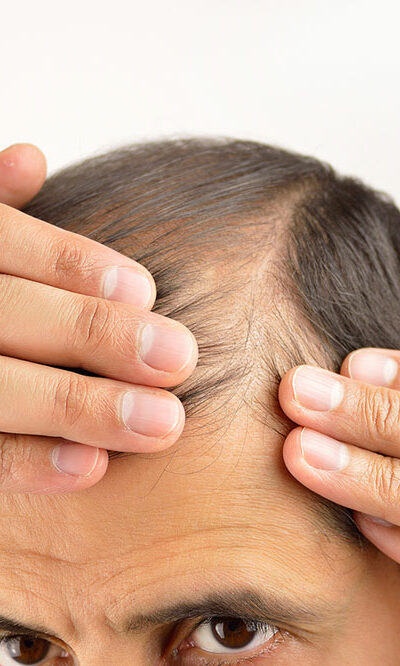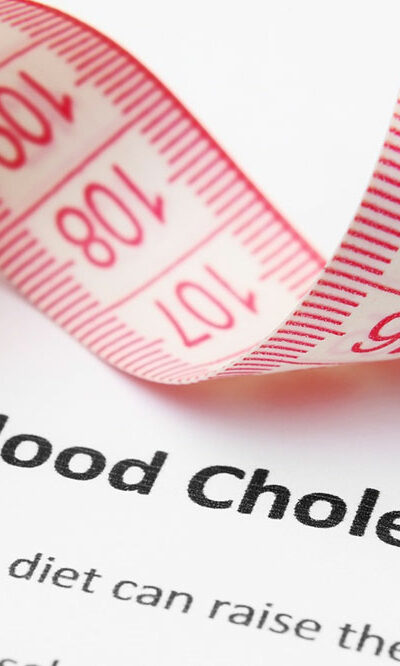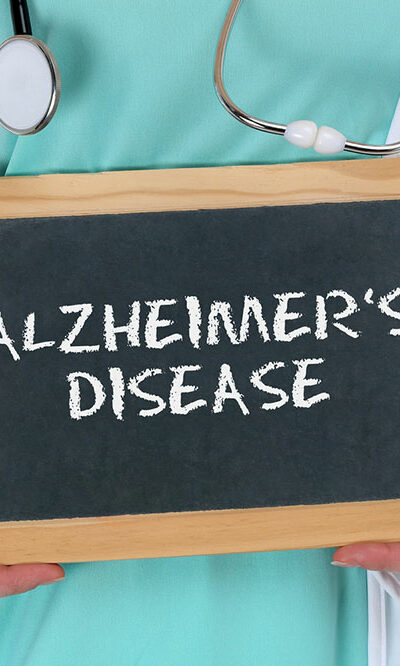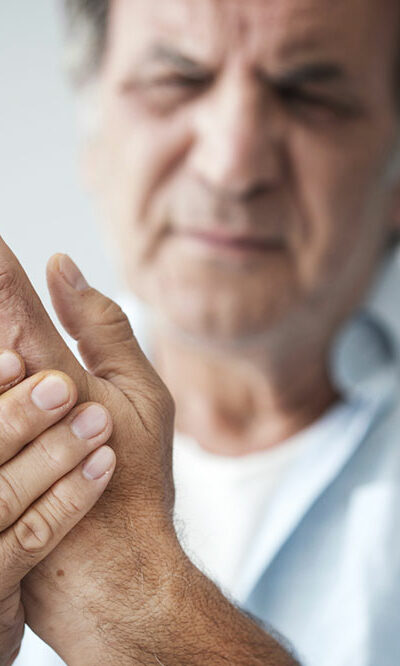
Understanding what is gout
Gout is a type of arthritis that can affect any person. Generally, it affects the big toe’s base joint and may appear as sudden and severe pain, redness and tenderness, and swelling. Symptoms may appear and disappear at the slightest trigger, but luckily, there are several ways to prevent flares and manage the symptoms. Symptoms Generally, the symptoms of this ailment occur in the middle of the night and include the following: Severe joint pain Although gout generally affects the big toe joint, it may affect any other joint too. Some other affected parts may be wrists, ankles, fingers, elbows, and knees. Individuals usually suffer from severe pain between the first four and 12 hours of its onset. Limited motion range As the disorder progresses, you may lose the normal motion in the affected joints. Lingering discomfort Even after the severest pain passes away, you may feel the discomfort for several days or even weeks. Over a period, the attacks may affect more joints and result in increased discomfort. Redness and inflammation The affected joints are often warm, swollen, red, and tender. Causes Initially, gout is the result of excessive uric acid in the blood, known as hyperuricemia. The higher levels result in the accumulation of urate crystals in the affected joints, which cause severe pain and inflammation. The body produces uric acid when purines (substances that are naturally found in a human body) are broken down. Purines are also found in some foods, such as seafood, poultry, steak, and organ meats. Alcoholic beverages like beer and other drinks with a higher content of fructose (fruit sugar) also promote higher production of uric acid in the body. Under normal conditions, the body passes the uric acid via urine through the kidneys. However, sometimes the body may produce an excessive amount of uric acid or the kidneys do not flush out a sufficient amount of the acid.










